Cyclones are an interesting and dangerous weather phenomenon. These swirling winds can cause extreme weather. Some may be unfamiliar with the term “cyclone,” but know of their more malicious evolutions.
According to the NOAA, “Once a tropical cyclone reaches maximum sustained winds of 74 miles per hour or higher, it is then classified as a hurricane, typhoon, or tropical cyclone, depending upon where the storm originates in the world.” The World Meteorological Organization (WMO) recently declared that the tropical cyclone Freddy is the longest-lasting cyclone in history.
What is a Cyclone?
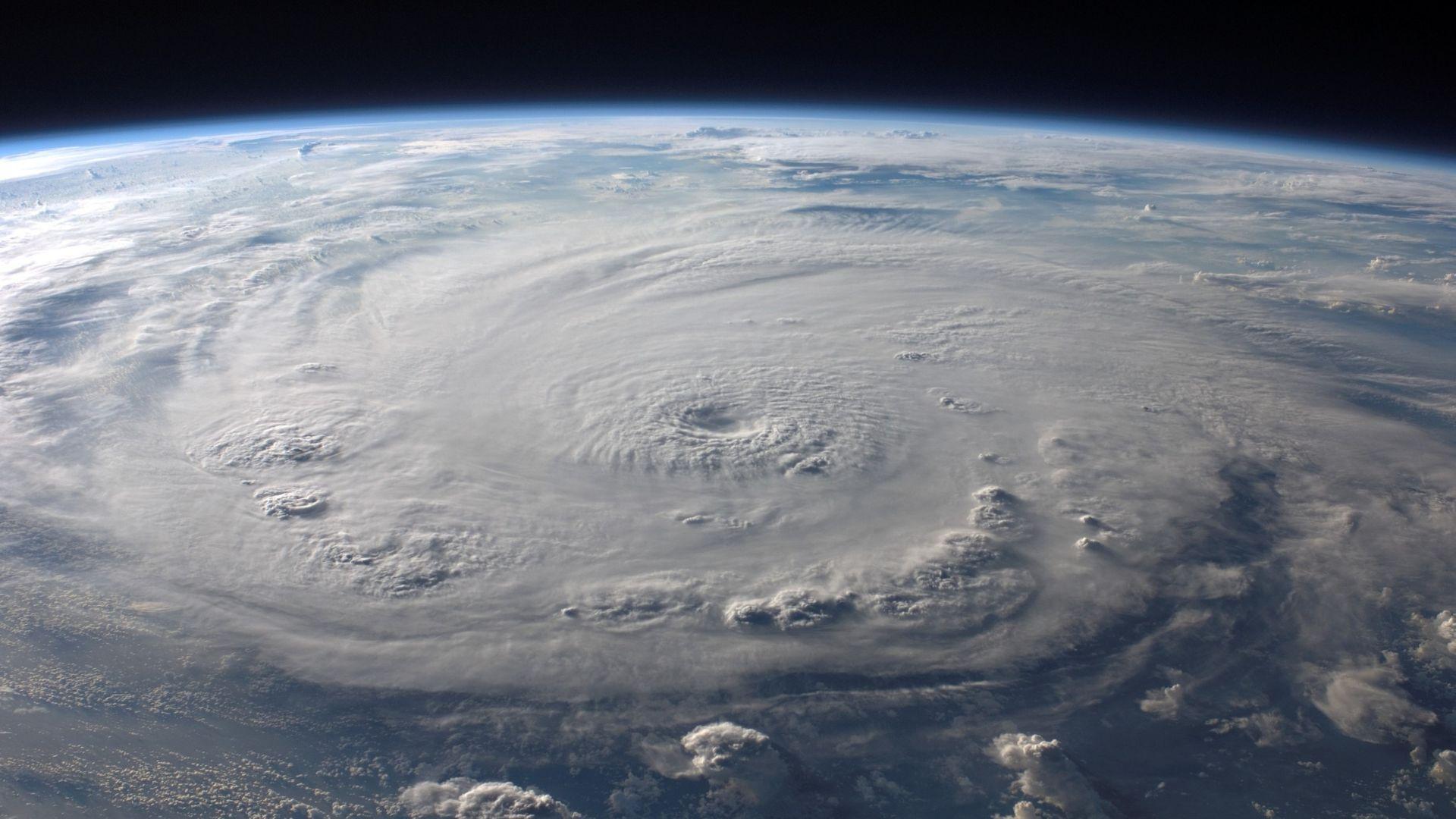
Cyclones are areas of low pressure in the Earth’s atmosphere. They cause Earth to experience extreme weather. They have a diameter of about 62 miles to 1864 miles (roughly 100 km to 3,000 km).
The lowest pressure is at the center. These atmospheric vortices cause massive amounts of air to swirl and circulate. In the Northern Hemisphere, they spin counterclockwise. In the Southern hemisphere, they spin clockwise.
Typical Cyclone Weather
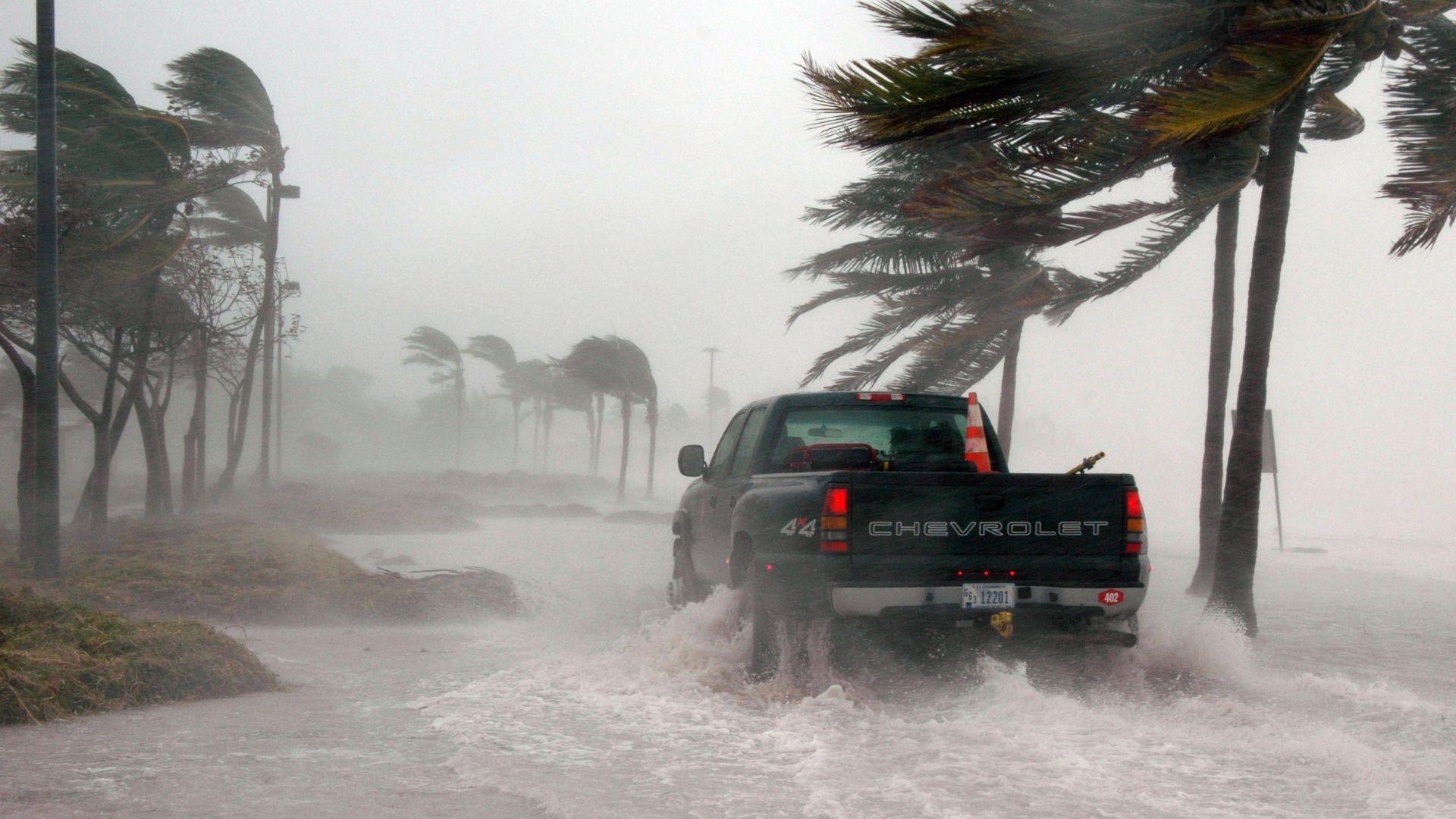
In warm months and areas, typical weather caused by cyclones includes heavy rain, thunderstorms, wind intensification, and temperature drops.
In cool months and areas, like during the winter or towards the poles, cyclone weather includes snowfall, blizzards, and heavy cloud cover. Winter cyclones may also increase the temperature.
The Movement of a Cyclone
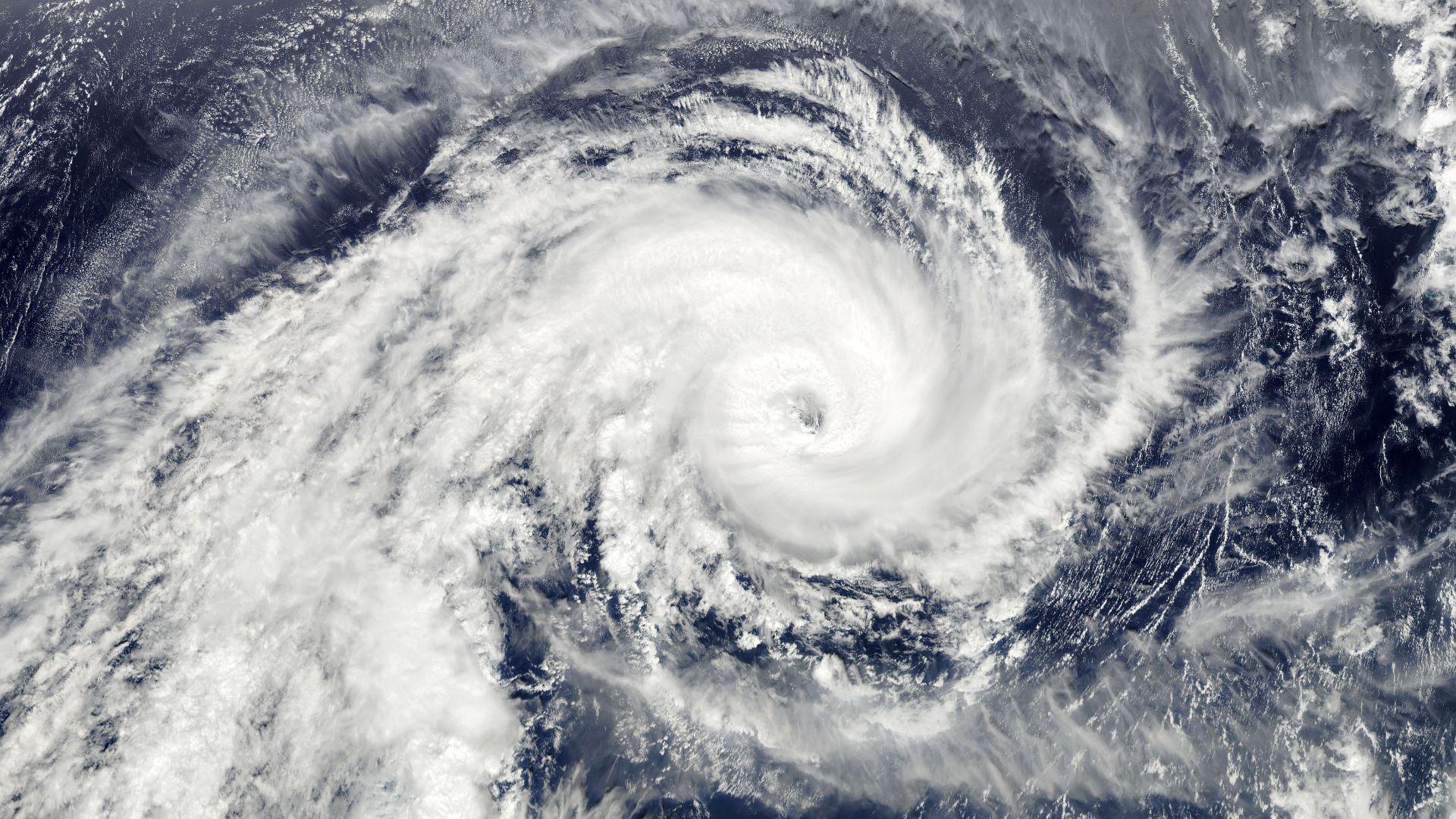
Cyclones naturally and consistently form against the backdrop of Earth’s rotation. This is due to the Coriolis force, one of the inertial forces and rules of our planet. At the center of a cyclone’s large vortex, air rises. This cools it down, causing quick (and possibly dangerous) changes in weather.
Cyclones most often move from west to east. The movement of a cyclone is caused by sudden changes in atmospheric pressure, temperature, humidity, and/or wind.
Tropical Cyclone Freddy
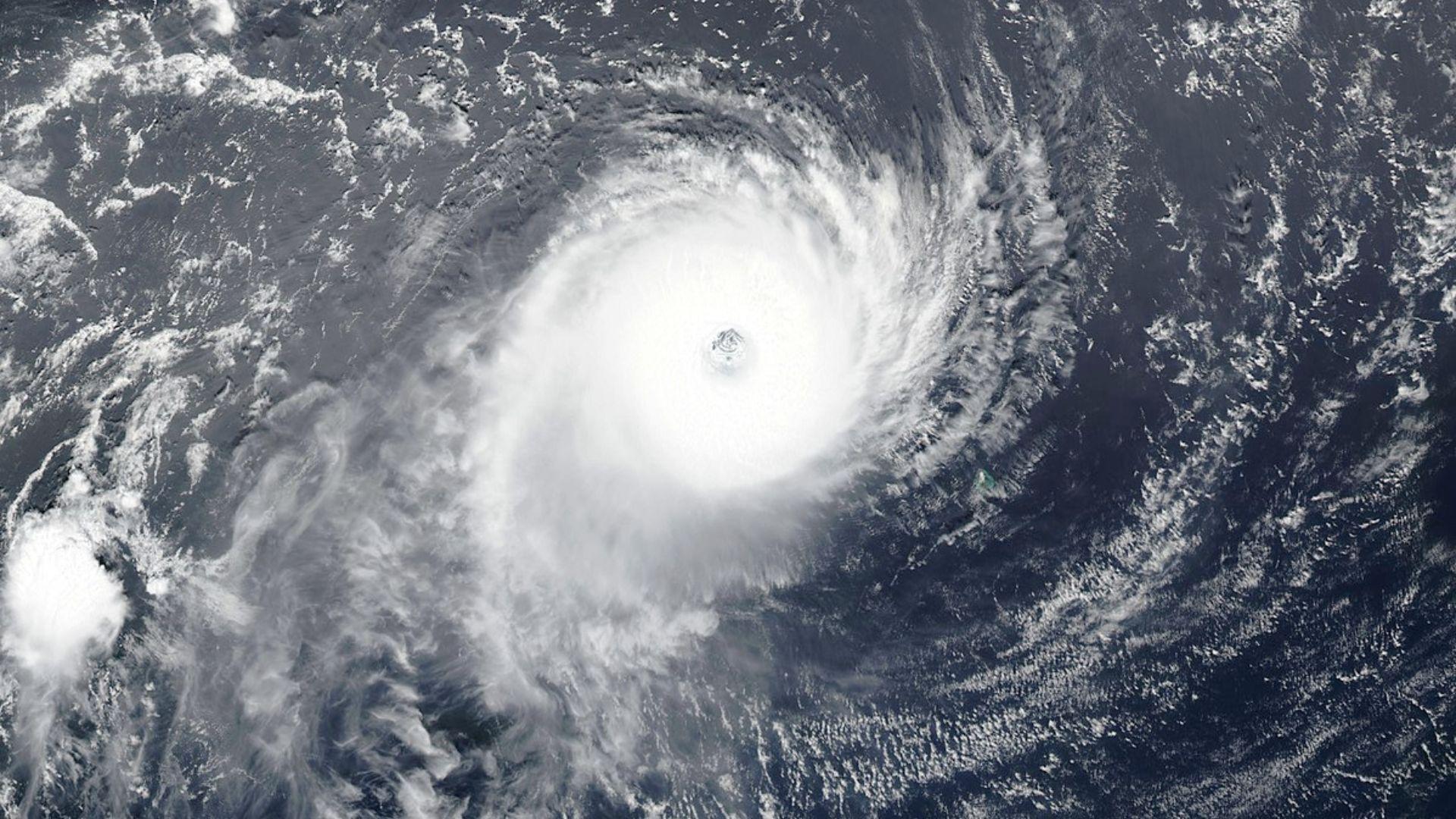
Tropical Cyclone Freddy affected several regions of the Earth in 2023. It lasted a total of 36 days during the months of February and March. Its peak intensity was on February 19th, 2023.
Beginning in February, Freddy formed off of the coast of Northwestern Australia. It crossed the Indian Ocean and reached Southern Africa. In the most affected countries, the cyclone caused significant economic loss and widespread devastation.
Analyzing Freddy

The WMO International Experts Committee—working under the World Weather and Climate Extremes Archives—conducted a detailed analysis of Freddy. They determined that its duration as a tropical storm held a new world record.
The meteorologists analyzed Freddy’s movements, and it turns out that it traveled a truly impressive distance. Freddy traveled about 7944 miles (12,785 km). This is about 30% of the Earth’s circumference!
The Previous Record
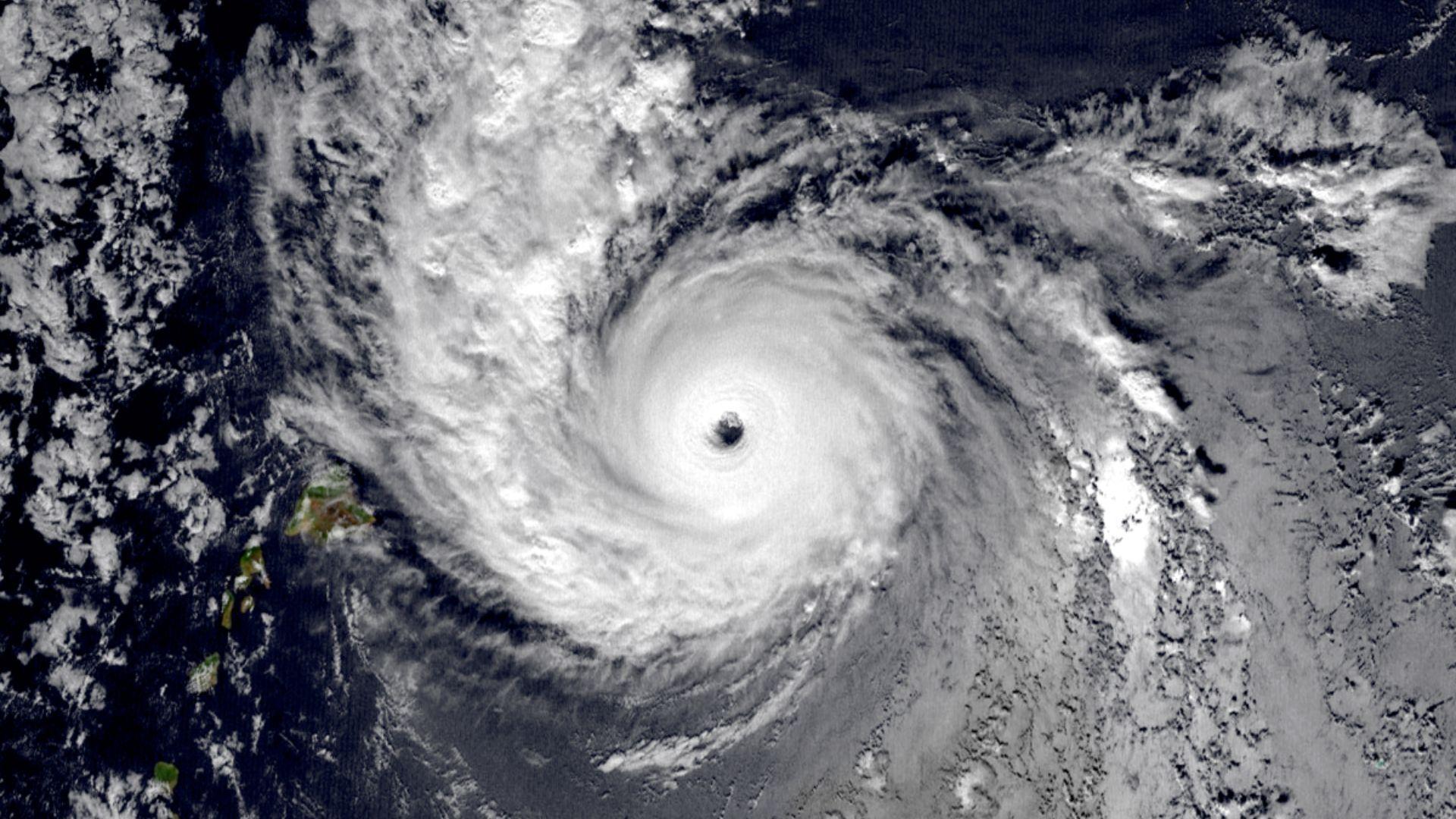
The previous record of the longest-lasting cyclone was a hurricane named John. The cyclone John occurred in August to September of 1994.
John wreaked havoc in the northern part of the Pacific Ocean. John lasted about 30 days, just 6 days short of Freddy’s new record.
A Remarkable Cyclone
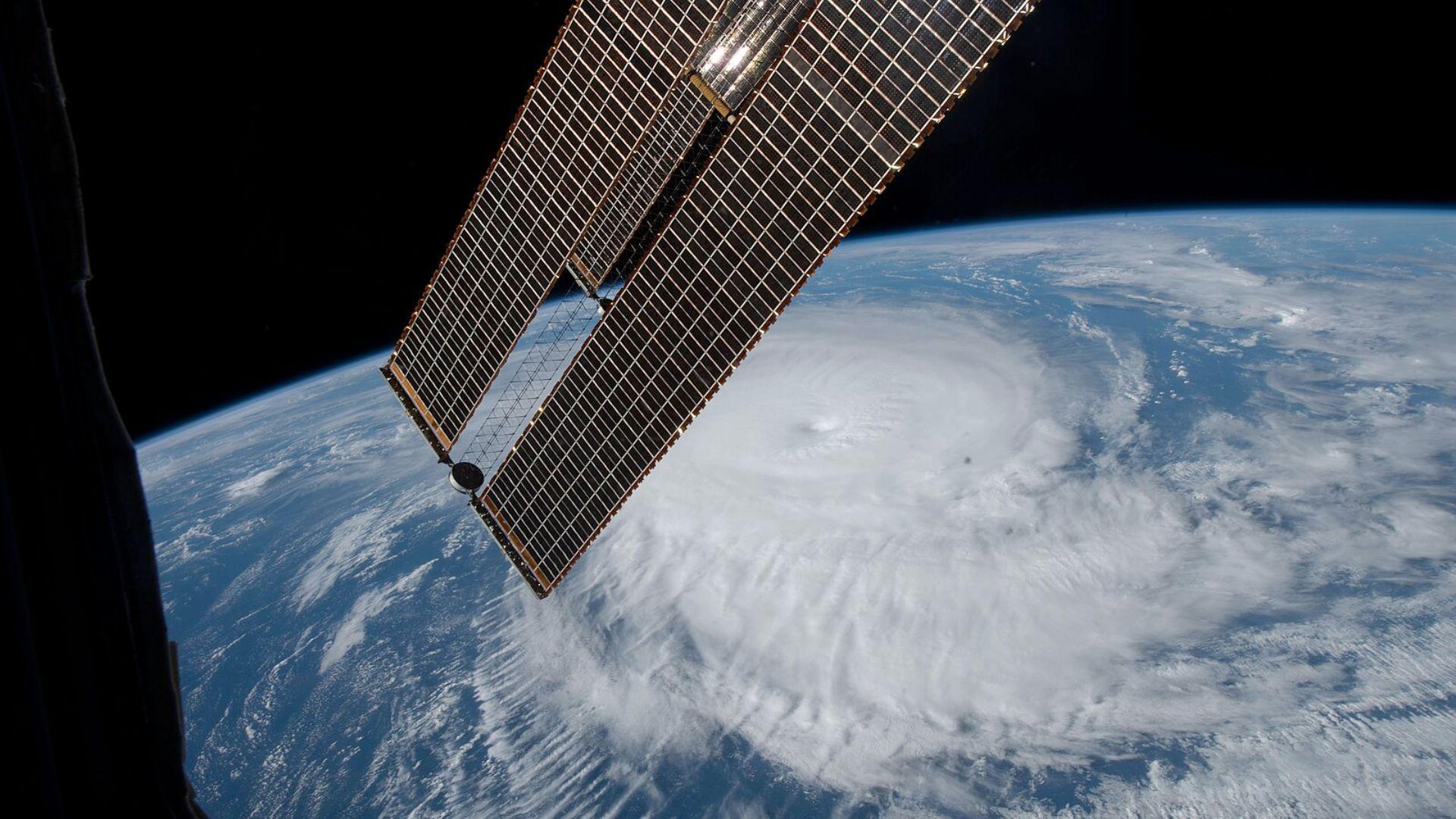
Chris Velden, a tropical cyclone and satellite expert from the University of Wisconsin, weighed in his opinion on Freddy. “Freddy was a remarkable tropical cyclone, not only for its longevity but also for its ability to survive multiple land interactions,” he said.
Additionally, he made sure to acknowledge, “unfortunately [Freddy] had significant consequences for southeast African populations.” Although they are an interesting weather phenomenon, many cyclones cause widespread devastation.
Tracking Extreme Weather
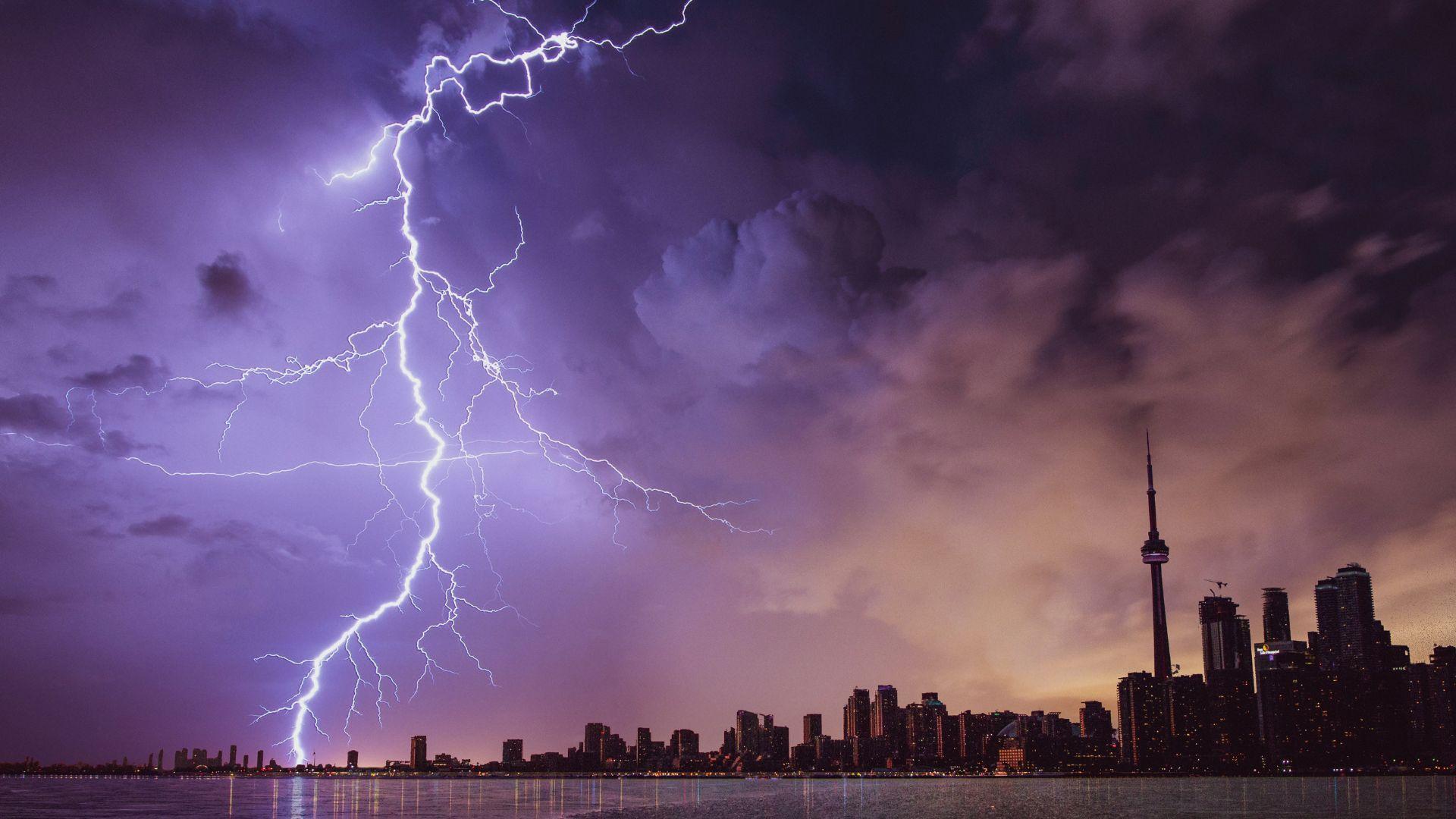
The WMO archive tracks and stores a lot of extreme weather data. The archive includes data on the highest and lowest recorded temperatures in the world, precipitation amounts, the longest dry periods, maximum wind gusts, the longest lightning strikes, the strongest hail, deaths caused by severe weather, and many other weather-related extremes.
Randall Cerveny, Rapporteur of Climate and Weather Extremes for WMO, noted that the global investigation of Freddy highlights WMO’s conscientious attention to verify all meteorological observations.
Cyclones and Our Current Climate
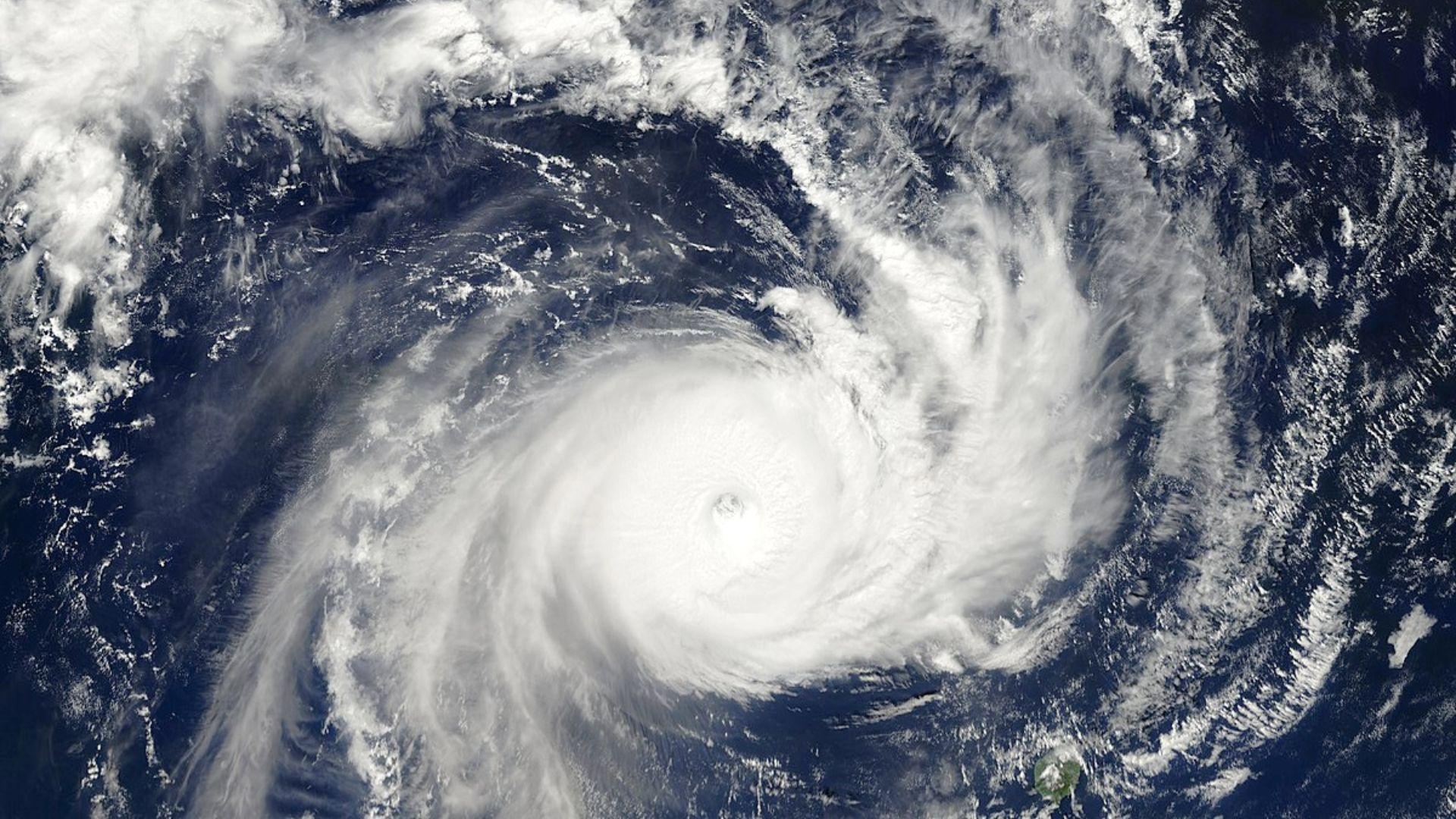
Freddy is the longest-lasting and, according to some, the most impressive tropical cyclone yet. However, that qualification is just for this very moment. Cerveny explained, “The extremes presented for adjudication for the WMO Weather and Climate Extremes Archive are ‘snapshots’ of our current climate.”
Cereveny made sure to add that greater extremes may be recorded in the future. In particular, the increasing intensity of weather is only getting worse because of climate change. Extreme weather events, like Freddy, can be both interesting and devastating. Additionally, we need to be aware of climate change and do our best to stop it before it is too late.

